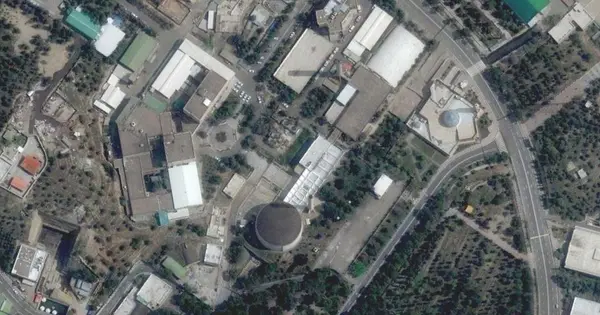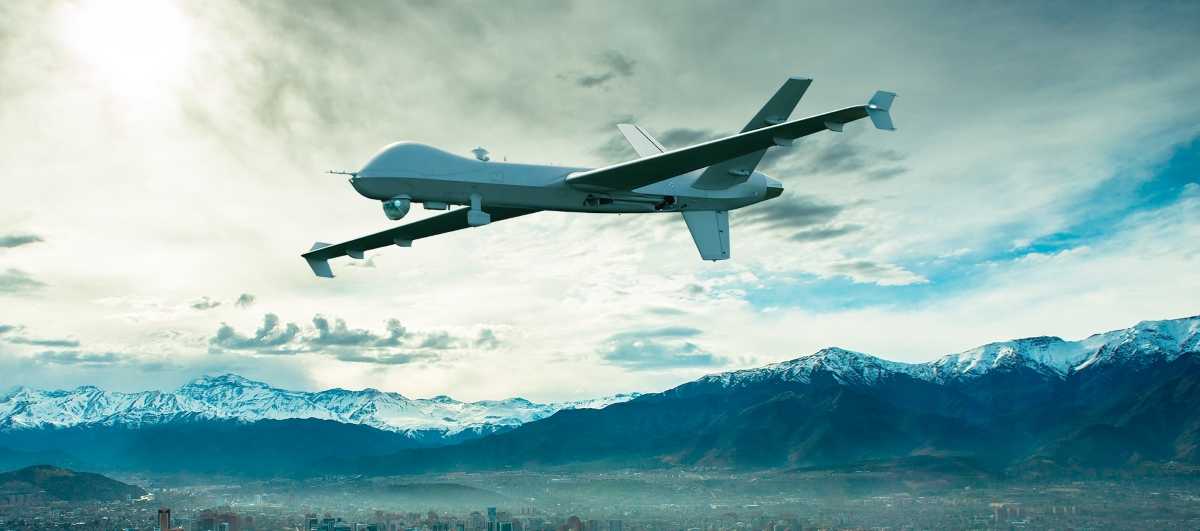From Nuclear Partnership to Military Strikes: A Look Back at the US-Iran Relationship
)
The relationship between the United States and Iran is complex and fraught with decades of shifting alliances and escalating tensions. A lesser-known chapter in this story involves the US's initial assistance in developing Iran's nuclear program in the 1960s – a period marked by the Cold War and a desire to counter Soviet influence in the region.
The Early Days: A Partnership Built on Cold War Concerns
In the 1960s, the US, alongside other Western nations, actively supported Iran's nuclear ambitions. This support wasn't driven by a desire to see Iran become a nuclear power in its own right, but rather as a strategic move to bolster a key ally against the Soviet Union. Iran, under the Shah, was seen as a bulwark against communism in the Middle East, and the US sought to modernize its infrastructure and military capabilities, including nuclear technology. The US provided technical expertise, equipment, and training to help Iran establish its first nuclear reactor and develop a nascent nuclear industry.
Shifting Sands: The 1979 Revolution and Growing Distrust
The 1979 Iranian Revolution dramatically altered the geopolitical landscape. The overthrow of the Shah and the rise of an Islamic Republic led to a profound shift in US-Iran relations. The new Iranian government, hostile to US foreign policy and increasingly assertive in its regional ambitions, became a source of concern for Washington.
The Nuclear Threat: From Cooperation to Confrontation
As Iran's nuclear program progressed, the US and its allies grew increasingly worried about its potential military applications. While Iran maintained that its nuclear activities were solely for peaceful purposes – power generation and medical isotopes – suspicions lingered. The discovery of previously undisclosed nuclear facilities, coupled with Iran's refusal to fully cooperate with international inspections, fueled these concerns.
Military Action: The Shadow of the B-2
Over the years, tensions escalated, and diplomatic efforts to resolve the nuclear issue proved largely unsuccessful. In recent years, there have been reports and indications of covert operations and potential military strikes targeting Iranian nuclear facilities. While details remain classified, the potential for a devastating attack using advanced weaponry, such as B-2 stealth bombers, has been a recurring theme in discussions surrounding the US-Iran standoff. The Natanz, Isfahan, and Fordow facilities have been identified as key targets.
A Cycle of Mistrust and Escalation
The history of US-Iran relations is a stark reminder of how strategic partnerships can dissolve into bitter rivalries. The US's initial support for Iran's nuclear program, followed by decades of distrust and the threat of military action, highlights the complex and often unpredictable nature of international relations. The current situation remains precarious, with the potential for further escalation and a renewed cycle of mistrust and conflict.
The question remains: can this historical pattern of cooperation and conflict be broken, or is the US and Iran destined to remain locked in a perpetual cycle of tension?






